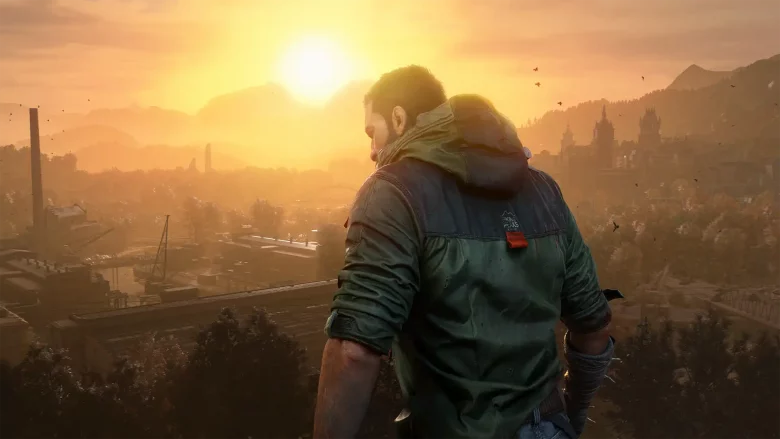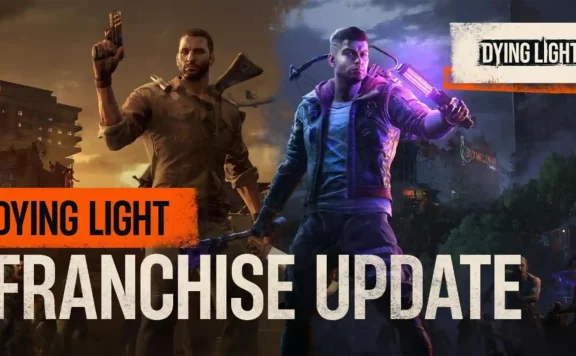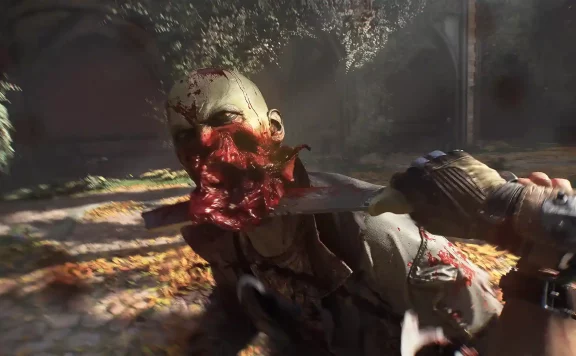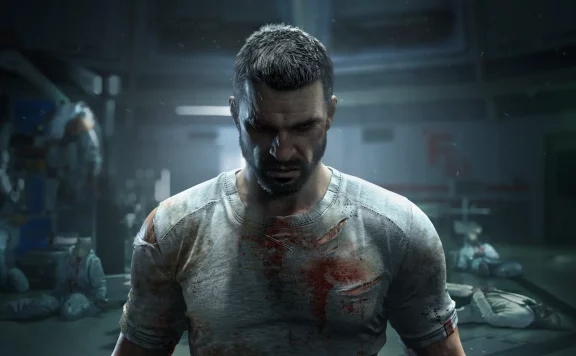As someone who has recently revisited Dying Light 2: Stay Human, I’m very excited to get hands-on with Dying Light: The Beast. We’re less than a month away at the time of writing, and there are so many burning questions, despite developer/publisher Techland already having shown lots of lengthy gameplay clips for this standalone sequel, that started out life initially planned to be downloadable content for the series.
With that in mind, we sat down with the Dying Light Franchise Director, Tymone Smektala, to ask how the team is getting on, when the game shifted from DLC to full-standalone title, why Kyle Crane is back, drop kicks, beast powers, and how long the actual experience is, for Dying Light: The Beast. Let’s get into it, then.
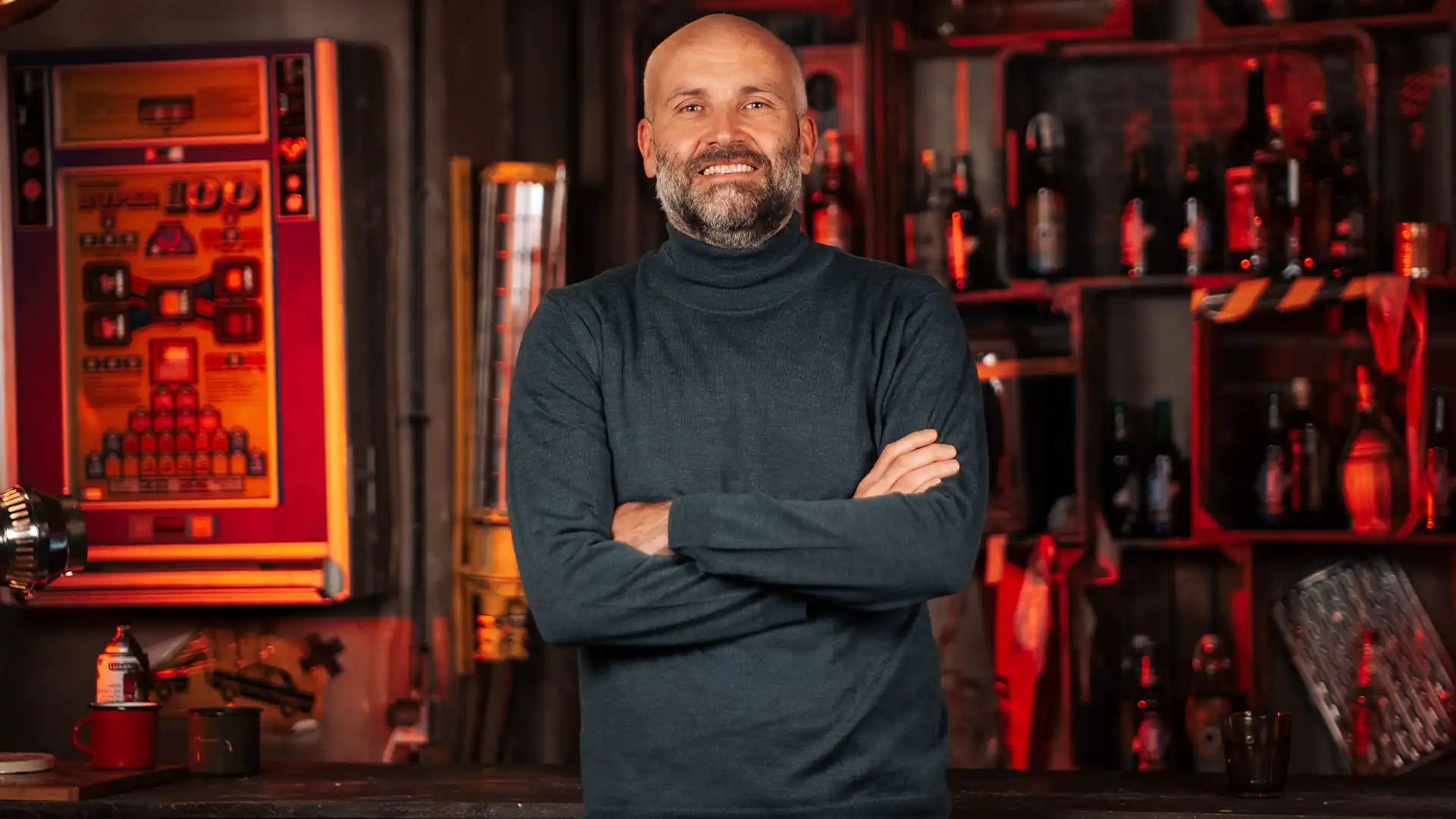
We’re approaching the release date, how is everyone feeling?
Energized, excited, probably a little sleep-deprived but very, very proud. The game has been content-complete for some time, so the vibe at the studio is a mix of “getting all excited” and “looking at everything through microscope”: we see that we have a fun game, we can’t wait to give it to players, but we’re also carefully tweaking the last details, polishing combat physics, tuning night balance, playing through the game every day to catch any last things we can improve before the big day. Seeing the community dissect trailers and leave positive comments has been a huge morale boost – it reminds us who we’re doing this for while we’re making the final push that hopefully will turn a good release candidate into a great gold master.
At what point did you realise The Beast could be stand-alone instead of releasing as DLC for Dying Light 2?
The origins of the game stem from a narrative leak which spoiled our then-planned DLC for Dying Light 2: Stay Human, but the game went through so much, changed so much and grew so much that it shares very little with what we were planning back then. I need to advocate this – don’t look at the game from the lenses of its origins; all games start somehow. Ours started with us trying to find a solution to a difficult dilemma, but after all of the development process I can confidently say that Dying Light: The Beast is the next Dying Light game. Bringing Kyle Crane back lit a fire under every department – suddenly we had a new setting, a distinct tone, fresh mechanics, and an 20+ hour arc with its own spine, identity and momentum.
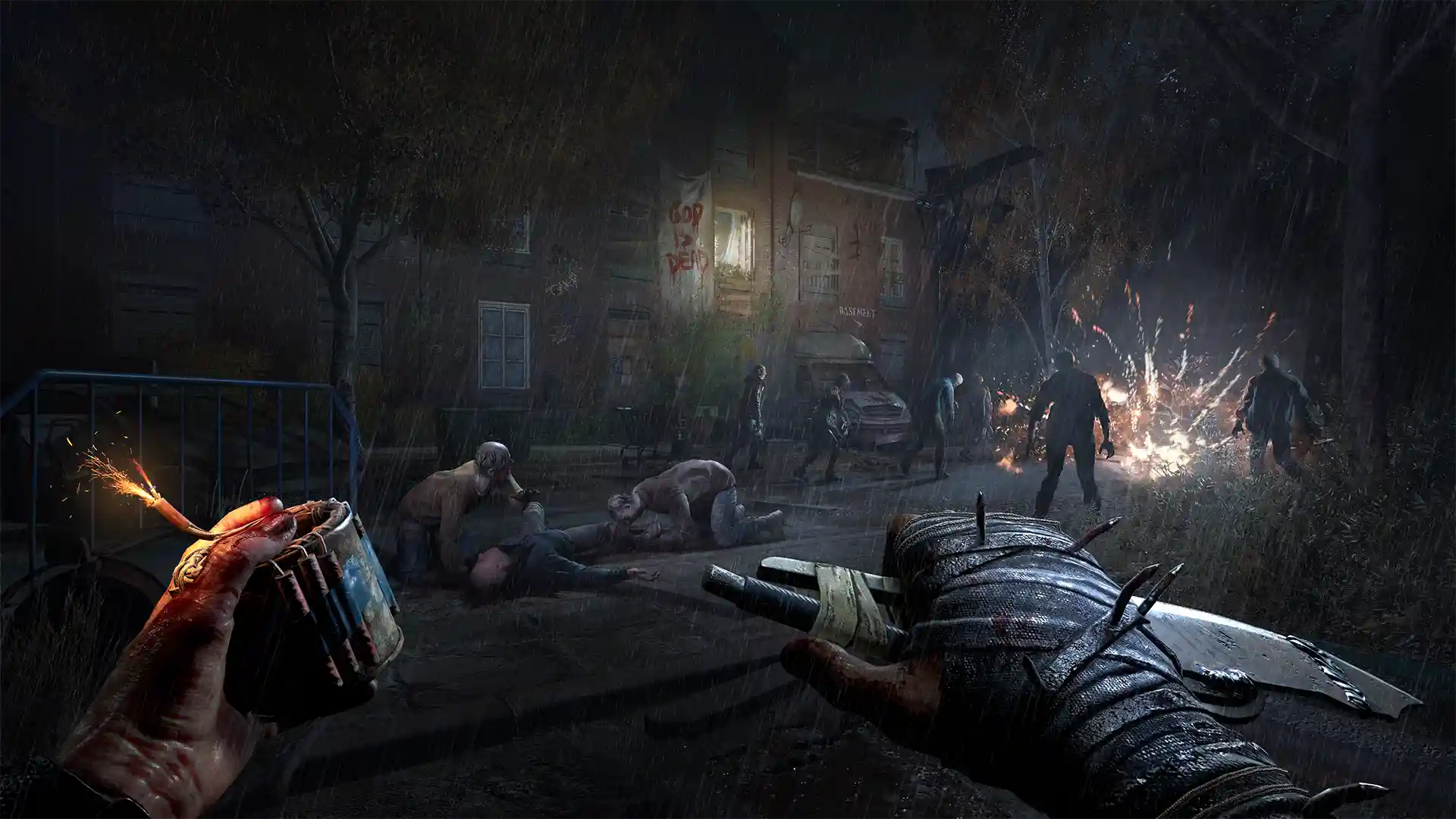
What made you decide to bring back the protagonist of the first game Kyle Crane? Was Kyle Crane’s popularity a surprise?
Players never stopped asking “What happened to Crane?” – the 10-year milestone felt like the right time to answer that properly and close a chapter with intention. We knew he was beloved, but actually the strength of that affection did surprise us. Securing Roger Craig Smith – as the voice of this main character, as in the original game – was crucial, he helped us find an older, scarred, more dangerous Kyle without losing the spark people fell in love with.
Will there still be a drop kick and lots of parkour in The Beast?
Oh yes – the drop kick is alive and as physical as ever. And nothing beats the joy of dropkicking zombies from rooftops. Parkour remains the heart of Dying Light: The Beast; we’ve just adapted it to Castor Woods. Many key interiors are intentionally locked at ground level so getting inside means analyzing the space, climbing, vaulting and improvising – classic Dying Light flow, just presented in the new landscape – and on top of that we have dense man-made “parkour playgrounds” – the central town, the industrial park – for those longer runs, full of parkour moves chained together.
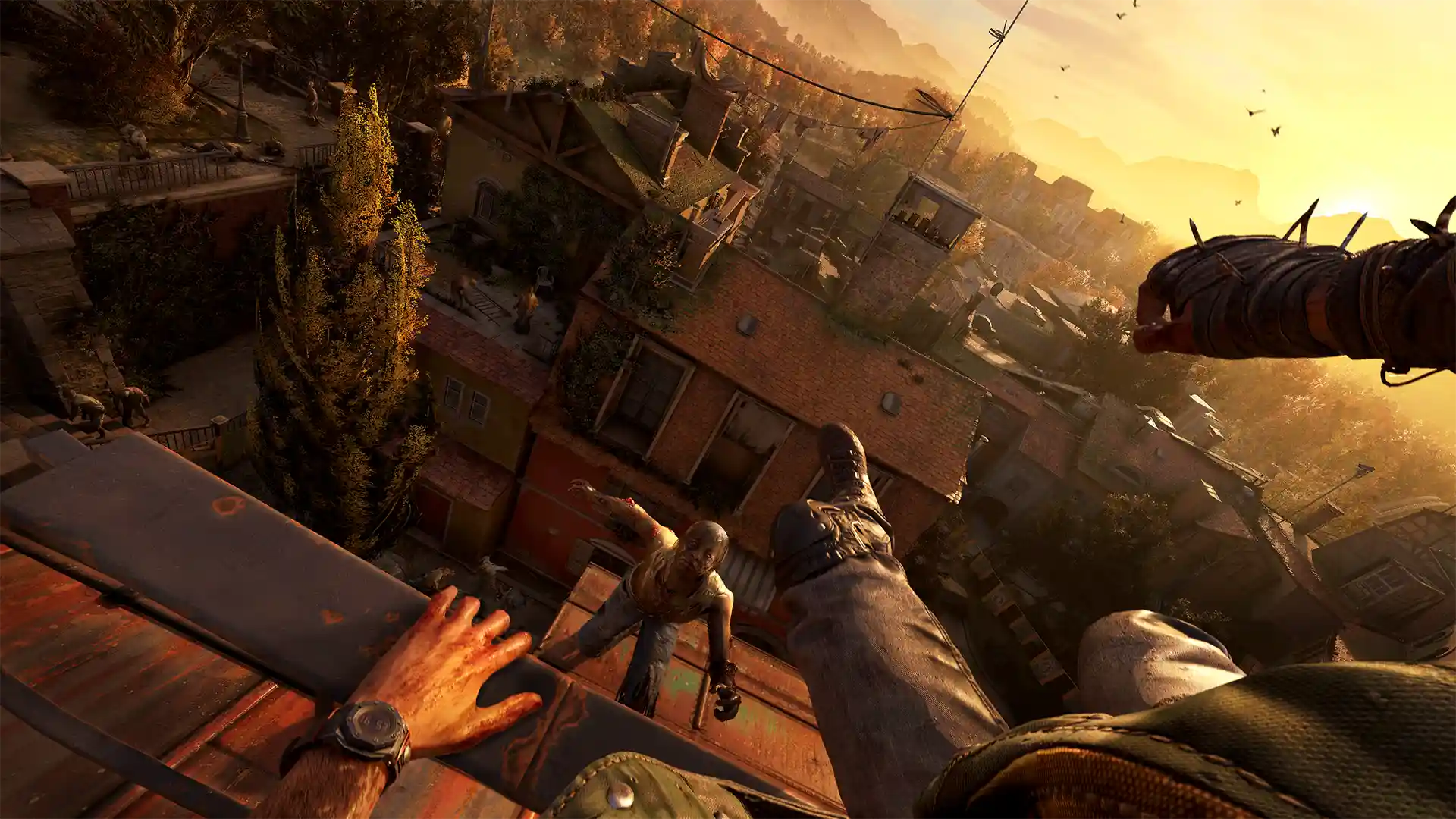
How did you ensure that Crane’s beast powers didn’t make night time less of a scary experience?
They’re powerful, but limited – think of a power pellet in Pac-Man, the grandfather of all survival horror games. To balance that we increased nighttime pressure through AI aggression and more effective line-of-sights for Volatiles. Don’t worry – the night in Dying Light: The Beast is very scary, and very emergent, you never know what’s going to surprise you with each run.
The visual style appears much darker and grittier than in Dying Light 2, what made you go that way?
Two reasons. First, we wanted survival horror back at the centre – sombre colour grading, heavy atmosphere, and weather that genuinely changes how you perceive the world. Second, Castor Woods demanded it: towering pines, fogged swamps, and quiet, abandoned interiors carry tension better when the dimmed lighting does the storytelling. We’re also telling a darker story of captivity, torture and revenge so working with more grimy palettes made much more sense. It’s still beautiful, but the beauty is unsettling, not cosy. It’s a zombie apocalypse after all, right?
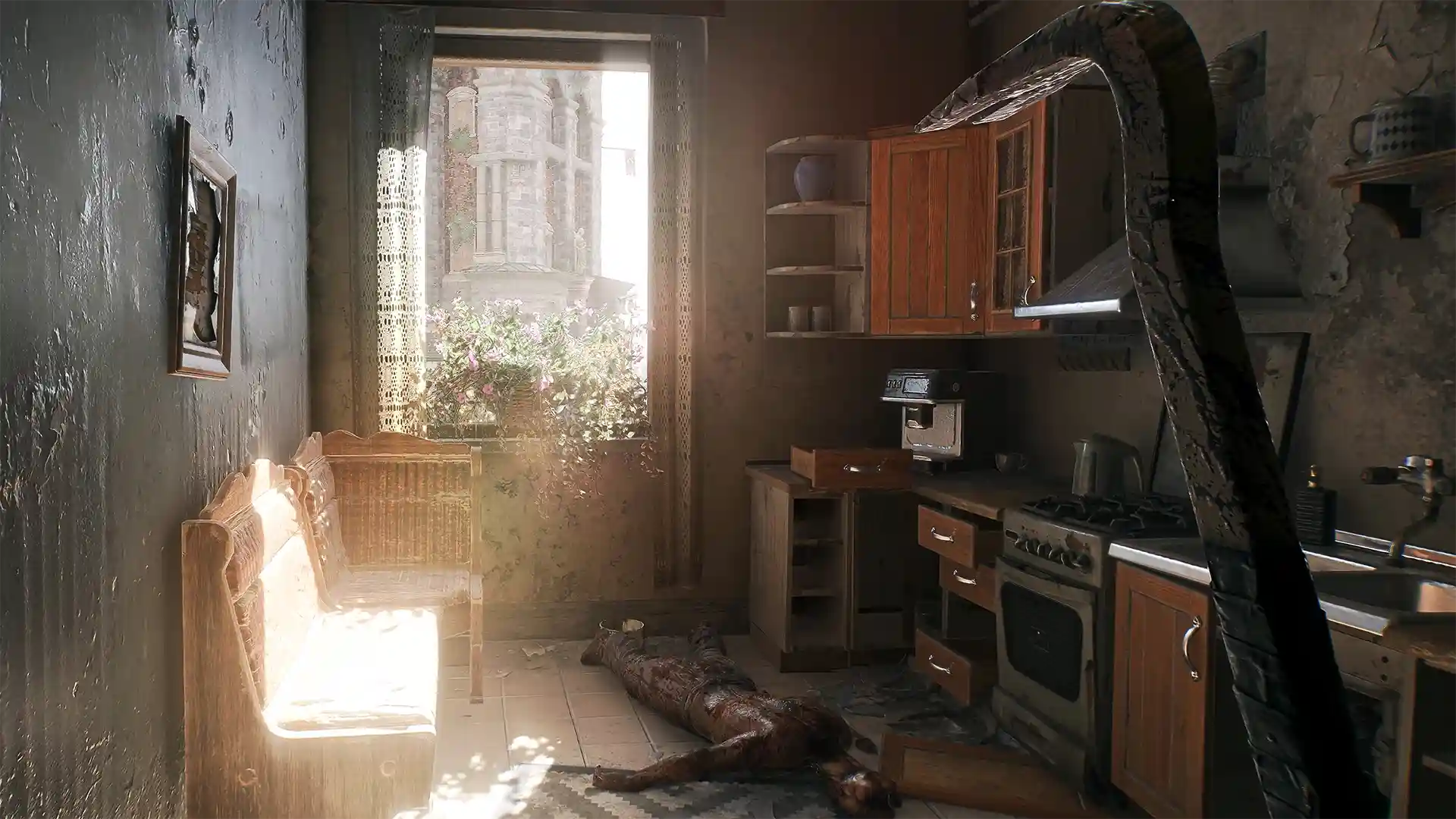
What sort of scale is the world in The Beast? Your games have always been big open worlds!
Tight and dense. I actually think Dying Light offers the most dense open world experience out there because every square inch of our map is gameplay – you either parkour, fight or sneak your way around trying to survive. What stands out about this world is maybe not its size but how handcrafted it is. From forests to swamps, from farmlands to the touristy mountain town in the middle of the map, from the industrial park to the hiking trails up in the mountains we asked our level artists to create a place offering a lot to the those who like to explore and discover – encounters, hidden stashes, secrets, Easter eggs, etc. We’re definitely aiming at the “oh wow, what’s that?” factor a lot. It’s designed to create tension rather than stretching thin over a sheer number of empty square kilometers.
Techland always seems to support games for a long time; is the release date just the beginning for The Beast, and could we see collaborations (like the Balatro one for DL2) going forward?
Launch quality is our first priority right now – basically an obsession at this point – but you’re right that long-tail support is in our DNA. We’re not announcing any post launch plans now, as we want to see where the community appetite is when the game drops. It’s actually our players that have taught us to stay flexible: listen, measure what lands, and build post-launch plans around real player behaviour. We have some plans already in motion, but it’s too early to talk about them because they may evolve.
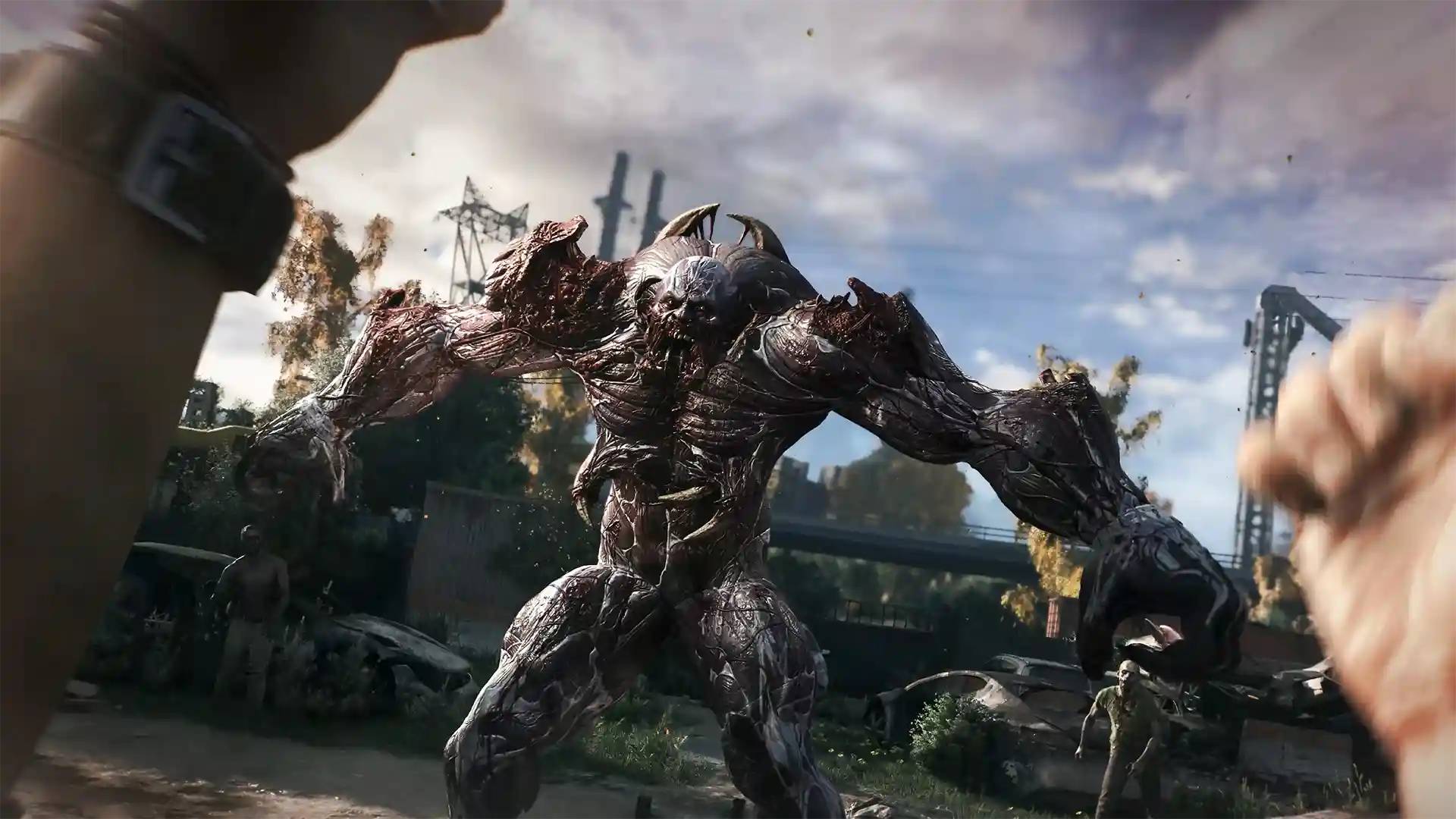
Given the story’s focus on revenge, will there still be more human-story moments for Kyle?
Definitely. And plenty. Revenge is the kickstarter for this story, not really where it all goes. The people of Castor Woods – fractured communities on the brink of falling apart under the pressure from the Baron, the main antagonist – encourage Kyle to see what’s left of his humanity. Those quiet, human beats, those “real life”-like NPCs matter a lot in our game, as they make the violent moments mean something, and they shape how you read Kyle’s motivations, decisions and emotions as the game – and the pressure – escalates.
How long do you think the critical path for The Beast is, and how much side-content is there?
About 20 hours if you stay focused on the main path, depending on skill and difficulty. If you like to dive deeper – and I highly encourage you to to do so as it’s a game built for that! – you can push at least twice beyond that.
Thanks to Tymone for his time.
Dying Light: The Beast is coming to PC, PlayStation 5, and Xbox Series X|S on September 19th.
